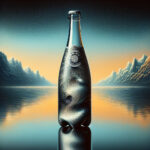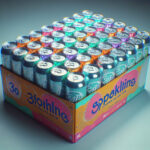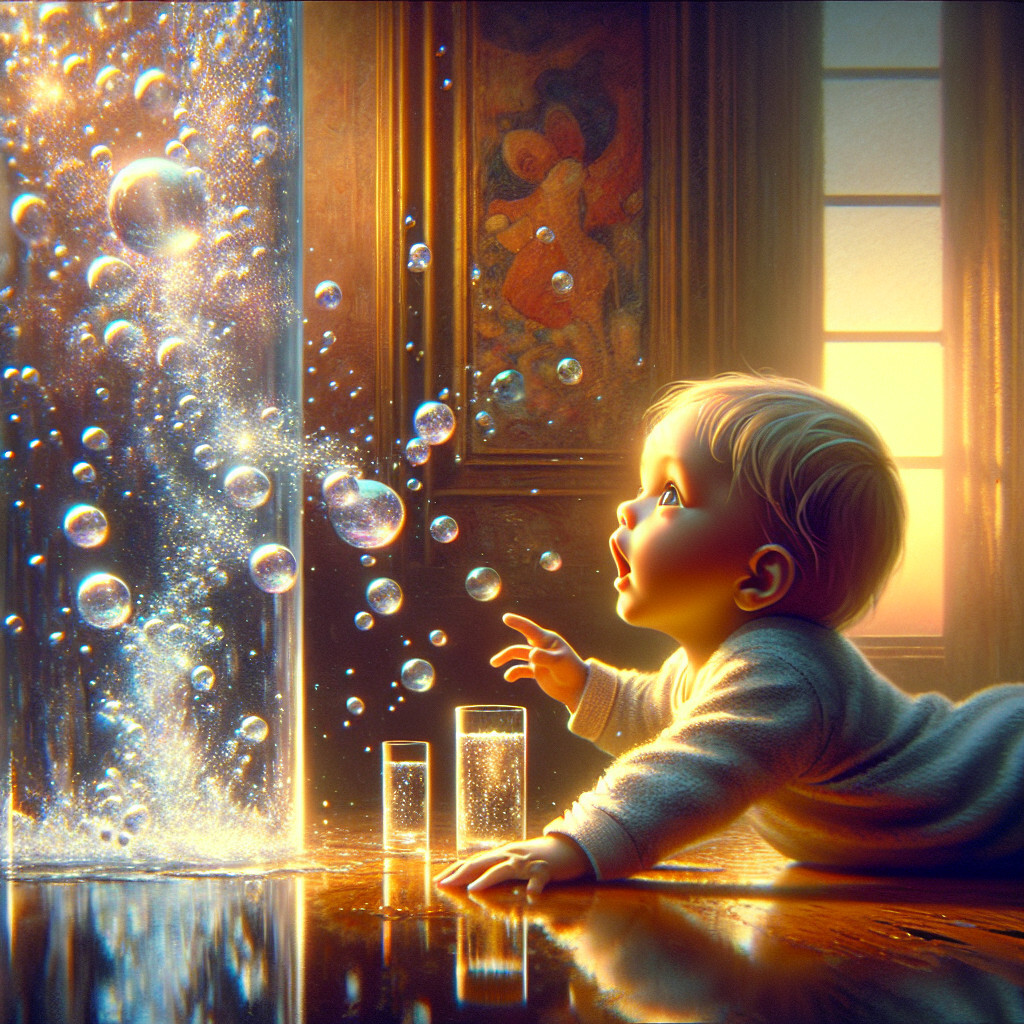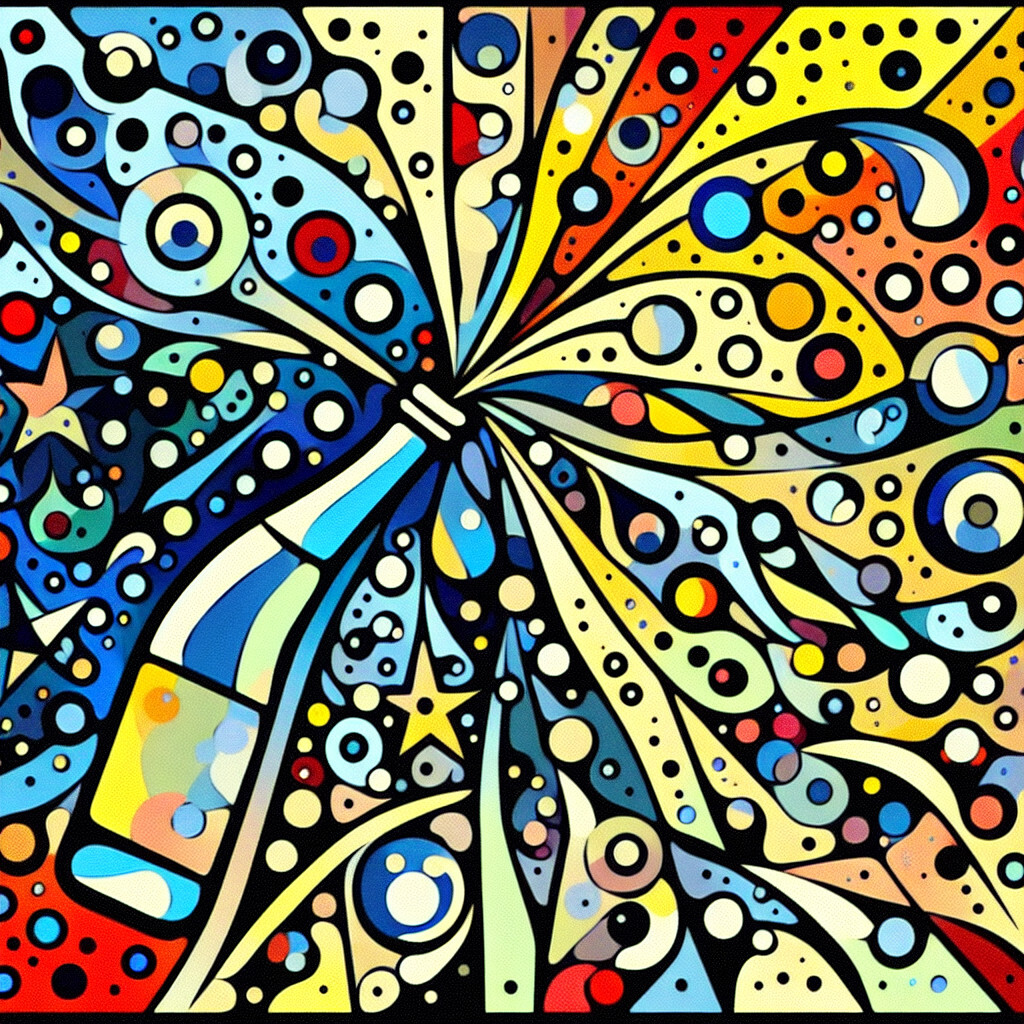-
Table of Contents
“Tiny Bubbles, Big Delight: Sparkling Water for the Little Ones!”
Introduction
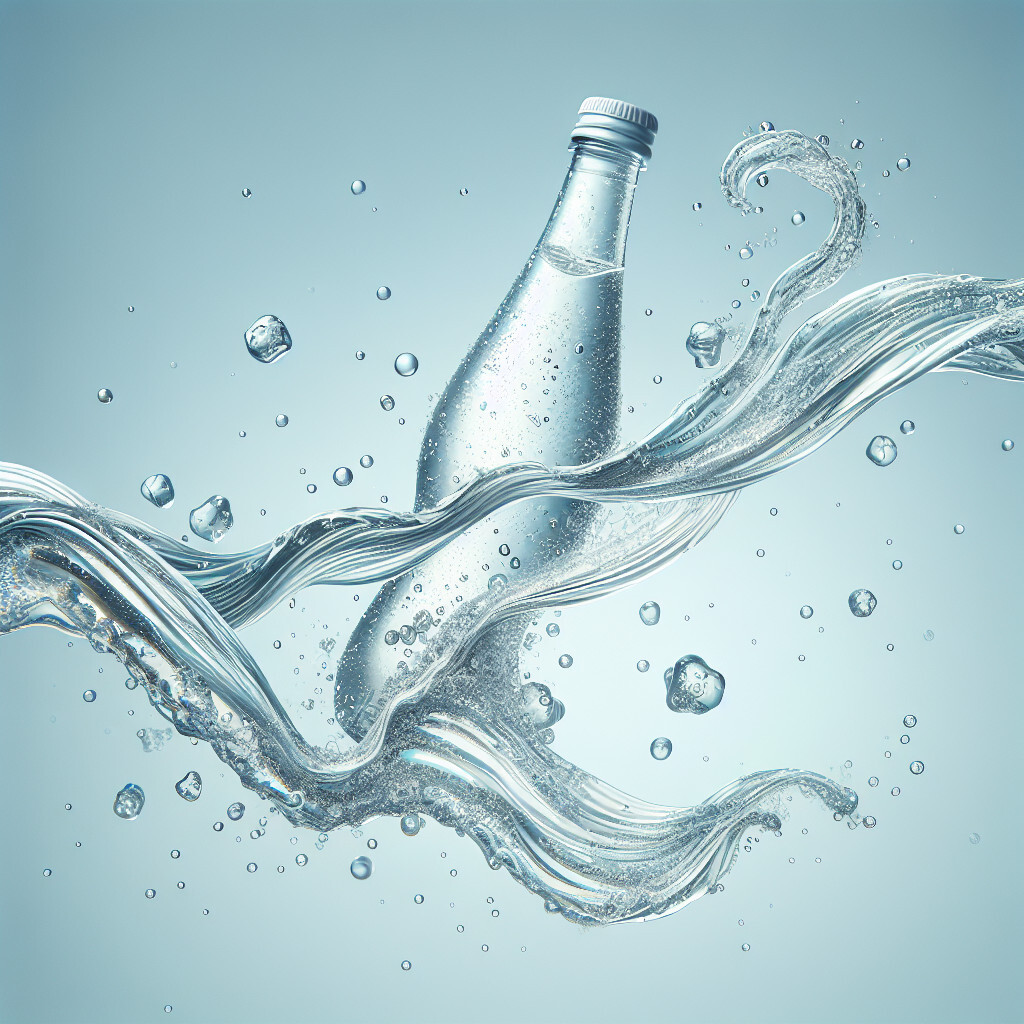
Sparkling water for a 3-year-old is a type of carbonated beverage that is often considered a healthier alternative to sugary drinks. It is simply water into which carbon dioxide gas has been dissolved under pressure, creating a bubbly, fizzy sensation that can be enjoyable for children. However, it’s important to note that while it’s generally safe, it may not be suitable for all toddlers due to its acidity and potential to cause tooth decay or upset stomachs. Always consult with a pediatrician before introducing new foods or drinks to a child’s diet.
Understanding the Effects of Sparkling Water on 3-Year-Olds
Sparkling water, also known as carbonated water, has gained significant popularity in recent years. Its refreshing taste and fizzy sensation have made it a preferred choice for many adults. However, when it comes to children, particularly those as young as three years old, parents often wonder about the effects of sparkling water on their little ones.
To begin with, it’s important to understand what sparkling water is. It’s essentially water into which carbon dioxide gas has been dissolved under pressure, resulting in a fizzy drink. It’s different from sodas and other carbonated beverages that contain high amounts of sugar and artificial flavors. Sparkling water, especially the unsweetened variety, is generally free from these additives, making it a healthier alternative to sugary drinks.
However, the question remains: is sparkling water suitable for a three-year-old? The answer is not straightforward and depends on several factors. While sparkling water is not harmful per se, it may not be the best choice for young children for a few reasons.
Firstly, the carbonation in sparkling water can cause a feeling of fullness, which might lead to decreased consumption of more nutritious beverages and foods. At the age of three, children are in a crucial stage of growth and development, requiring a balanced diet rich in essential nutrients. If a child fills up on sparkling water, they might not consume enough of the necessary nutrients from other food sources.
Secondly, the fizzy sensation of sparkling water can be harsh on a young child’s sensitive palate and stomach. Some children might find the bubbles uncomfortable or even slightly painful. This could lead to an aversion to drinking water in general, which is not a habit parents would want to encourage.
Moreover, while sparkling water is less acidic than other carbonated drinks, it still has a lower pH than regular water. This means it’s more acidic and could potentially harm a child’s developing teeth. Regular consumption of sparkling water could lead to dental erosion over time, although the risk is significantly lower than with sugary drinks.
Despite these potential drawbacks, it’s important to note that an occasional sip of sparkling water is unlikely to harm a three-year-old child. The key is moderation. If your child enjoys the fizzy sensation, it might be a good idea to offer sparkling water as a treat rather than a regular drink.
In conclusion, while sparkling water is a healthier alternative to sugary drinks for adults, it might not be the best choice for three-year-olds due to potential impacts on their nutrition, palate, stomach, and dental health. However, an occasional sip is unlikely to cause harm. As with all aspects of a child’s diet, it’s essential to maintain balance and moderation. If you have any concerns about your child’s diet or hydration, it’s always best to consult with a pediatrician or a registered dietitian. They can provide personalized advice based on your child’s specific needs and preferences.
Is Sparkling Water Safe for Your 3-Year-Old?
Sparkling water, also known as carbonated water, has gained significant popularity in recent years. Its refreshing taste and fizzy sensation have made it a preferred choice for many adults. However, when it comes to children, particularly those as young as three years old, parents often wonder if it’s safe for their little ones to consume this bubbly beverage.
The primary concern arises from the carbonation process, which involves the infusion of carbon dioxide gas into water under pressure. This process gives sparkling water its characteristic bubbles and fizz. While this fizzy sensation can be enjoyable for adults, it might not be suitable for a three-year-old’s developing digestive system.
One of the potential issues with sparkling water is that it can cause gas and bloating. The carbon dioxide that gives the water its bubbles can lead to a build-up of gas in the stomach. This can result in discomfort, bloating, and even belching. For a three-year-old, who may not be able to express their discomfort adequately, this could lead to unnecessary distress.
Another concern is the potential impact on dental health. While plain sparkling water is less harmful to teeth than sugary drinks or soda, it is slightly more acidic than regular water due to the carbonation process. This acidity could potentially harm a child’s developing teeth. However, it’s important to note that the risk is relatively low, especially if sparkling water is consumed in moderation and not as a regular substitute for still water.
Moreover, the sensation of drinking sparkling water can be quite intense for a young child. The bubbles and fizz can feel strange and even a bit overwhelming. Some children might find it exciting, but others might find it off-putting. It’s essential to consider your child’s preferences and reactions when introducing them to new foods and drinks.
Despite these concerns, it’s important to note that sparkling water is not inherently harmful. It’s essentially just water with bubbles. It doesn’t contain any sugars, artificial sweeteners, or caffeine, which are often the primary culprits in unhealthy beverages. If your child enjoys the taste and sensation of sparkling water, and it doesn’t cause them any discomfort, it can be a fun and refreshing alternative to sugary drinks.
However, it’s crucial to remember that the primary source of hydration for a three-year-old should still be regular, still water. Sparkling water can be introduced as an occasional treat, but it should not replace plain water in your child’s diet.
In conclusion, while sparkling water is generally safe for a three-year-old to consume in moderation, it’s important to monitor your child’s reaction to it. If they experience any discomfort or dislike the sensation, it’s best to stick with still water. As always, when introducing any new food or drink to your child’s diet, it’s advisable to consult with a pediatrician or a registered dietitian. They can provide personalized advice based on your child’s specific needs and health conditions.
Alternatives to Juice: Introducing Sparkling Water to 3-Year-Olds
As parents, we are constantly seeking healthier alternatives for our children, especially when it comes to their diet. One area that often raises concern is the consumption of sugary drinks, such as juice. While juice can be a source of vitamins, it is also high in sugar and can contribute to obesity and tooth decay. A viable alternative to juice that is gaining popularity among health-conscious parents is sparkling water.
Sparkling water, also known as carbonated water, is a refreshing beverage that can be a great substitute for sugary drinks. It contains no sugars, artificial sweeteners, or calories, making it a healthier choice for children. However, introducing sparkling water to a 3-year-old can be a bit of a challenge, given their taste preferences and the unfamiliar sensation of carbonation.
The first step in introducing sparkling water to a 3-year-old is to make the experience fun and exciting. Children are naturally curious and love to explore new things. You can leverage this curiosity by presenting sparkling water as a new adventure. For instance, you can let them watch as you pour the water and the bubbles form. The fizzing sound and the bubbles can be fascinating to a young child and can make them more eager to try the drink.
Next, it’s important to manage their expectations. Sparkling water does not have the sweet taste that children are accustomed to in juices. Therefore, it’s crucial to explain to them that this drink will taste different. You can describe it as ‘bubbly water’ or ‘fizzy water’ to prepare them for the unique sensation of carbonation.
To make the transition easier, you can start by offering flavored sparkling water. These are infused with natural fruit flavors and can be more appealing to children. However, it’s essential to read the labels carefully and choose options that do not contain added sugars or artificial sweeteners.
Another effective strategy is to gradually dilute their juice with sparkling water. Start with a higher ratio of juice to sparkling water and gradually increase the amount of sparkling water over time. This can help them adjust to the taste and sensation of sparkling water slowly.
It’s also worth noting that while sparkling water is a healthier alternative to juice, it should not replace regular water in your child’s diet. Regular water is still the best beverage for hydration and should be the primary drink for children. Sparkling water can be offered as a treat or an alternative to juice during meals.
Lastly, remember that every child is different, and what works for one may not work for another. Some children may take to sparkling water immediately, while others may need more time to adjust. The key is to be patient and persistent.
In conclusion, introducing sparkling water to a 3-year-old as an alternative to juice can be a beneficial step towards a healthier diet. It may require some creativity and patience, but the potential health benefits make it a worthwhile endeavor. With the right approach, your child can learn to enjoy this refreshing, sugar-free beverage.
The Pros and Cons of Giving Sparkling Water to 3-Year-Olds
Sparkling water, also known as carbonated water, has gained significant popularity in recent years. Its refreshing taste and fizzy sensation have made it a preferred choice for many adults. However, when it comes to children, particularly three-year-olds, parents often wonder whether it is safe and beneficial to introduce sparkling water into their diet. This article aims to shed light on the pros and cons of giving sparkling water to three-year-olds.
On the positive side, sparkling water is a healthier alternative to sugary drinks. It contains no sugar, no calories, and no artificial sweeteners, making it a better choice than soda or fruit juices that are often high in sugar content. This can help in preventing early onset of obesity and dental issues in children. Moreover, the fizzy sensation of sparkling water can make hydration more appealing to children who might otherwise resist drinking plain water. This can encourage them to drink more fluids, which is essential for their overall health and well-being.
Another advantage of sparkling water is that it can aid digestion. The carbonation in sparkling water can help to stimulate the stomach’s natural enzymes, which can aid in digestion. This can be particularly beneficial for children who suffer from constipation. Furthermore, sparkling water is just as hydrating as regular water. It can help to replenish fluids and electrolytes in the body, which is especially important after physical activity or during hot weather.
However, despite these benefits, there are also some potential drawbacks to consider. One of the main concerns is that the carbonation in sparkling water can lead to bloating and gas. The bubbles in sparkling water release carbon dioxide gas in the stomach, which can cause discomfort and bloating. This might not be ideal for young children, especially those with sensitive stomachs.
Another potential downside is that the acidity in sparkling water can potentially harm tooth enamel. While it’s less acidic than soda, it’s more acidic than regular water. Regular consumption of sparkling water could potentially lead to tooth decay over time. However, it’s important to note that the risk is relatively low, especially if sparkling water is consumed as part of a balanced diet and good oral hygiene practices are maintained.
Lastly, while the fizzy sensation of sparkling water can be appealing to children, it can also potentially lead to a preference for other fizzy drinks, such as soda, which are high in sugar and can lead to health issues. Therefore, it’s important to moderate the consumption of sparkling water and to educate children about the importance of a balanced diet.
In conclusion, while sparkling water can be a healthier alternative to sugary drinks and can aid in hydration and digestion, it also has potential drawbacks such as causing bloating and potentially harming tooth enamel. Therefore, it’s important for parents to weigh the pros and cons before introducing sparkling water into their three-year-old’s diet. As with any food or drink, moderation is key, and it’s always advisable to consult with a pediatrician or a registered dietitian before making any significant changes to a child’s diet.
Q&A
Question 1: Is sparkling water safe for a 3-year-old to drink?
Answer: Yes, sparkling water is generally safe for a 3-year-old to drink, but it should be given in moderation and not replace regular water in their diet.
Question 2: Can sparkling water cause any harm to a 3-year-old?
Answer: Sparkling water can cause bloating and gas in some children, and the carbonation can also be a choking hazard if the child is not used to it.
Question 3: Can a 3-year-old develop a preference for sparkling water over regular water?
Answer: Yes, a 3-year-old can develop a preference for sparkling water over regular water, especially if they enjoy the fizzy sensation. However, it’s important to ensure they also drink plenty of regular water.
Question 4: Are there any benefits of sparkling water for a 3-year-old?
Answer: There are no specific benefits of sparkling water for a 3-year-old. While it can be a fun alternative to regular water, it doesn’t provide any additional nutritional benefits.
Conclusion
After careful consideration, it can be concluded that sparkling water is generally safe for a 3-year-old to consume in moderation. However, it’s not recommended as a regular drink due to its carbonation which can cause gas and bloating. It also lacks the necessary nutrients found in milk or juice, which are essential for a child’s growth and development.


